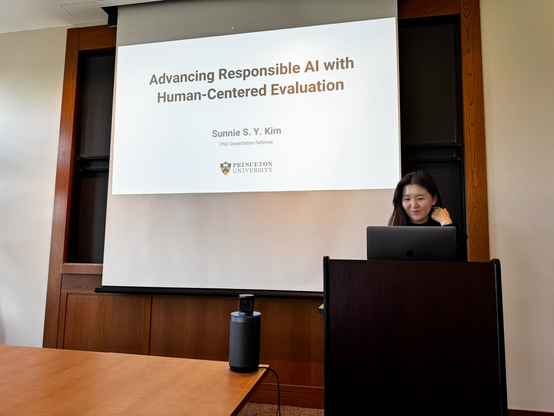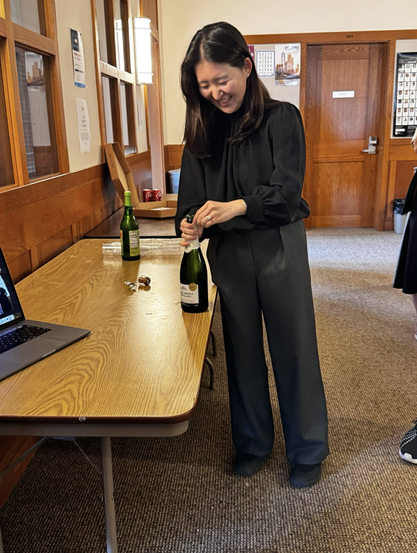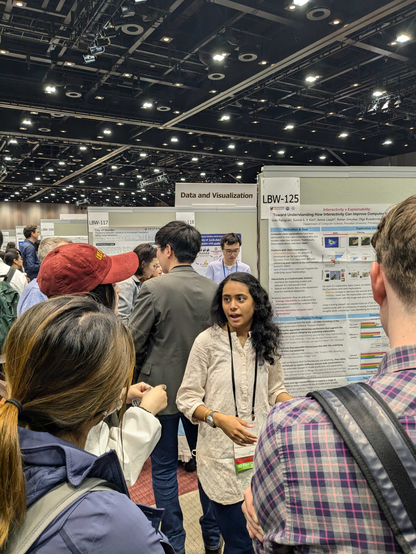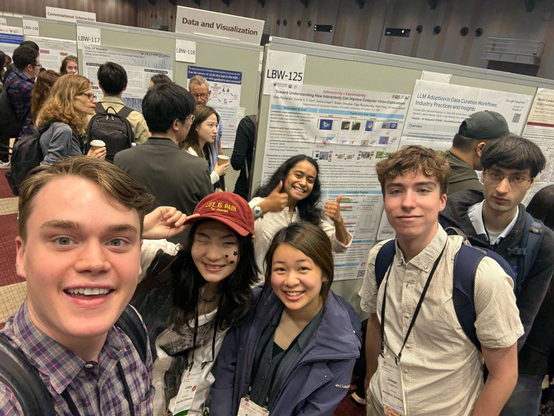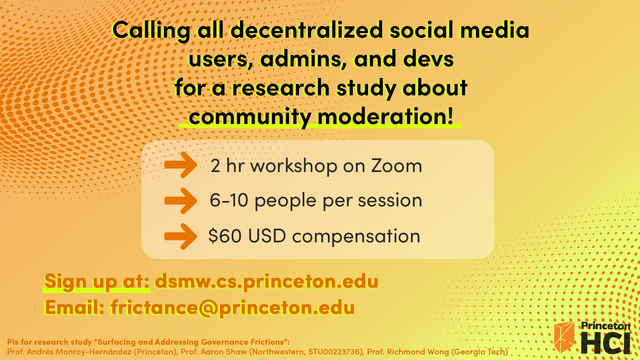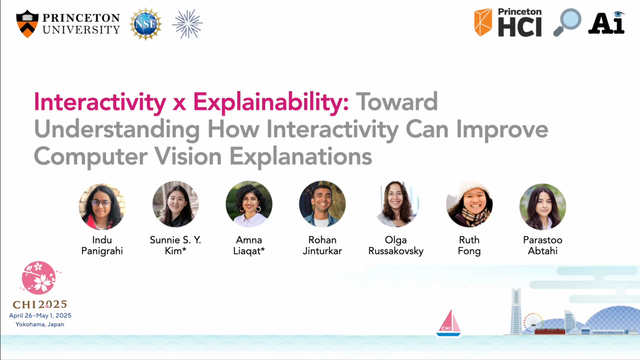Responsible AI & Human-AI Interaction
Incoming Research Scientist at Apple
Previously: Princeton CS PhD, Yale S&DS BSc, MSR FATE & TTIC Intern
https://sunniesuhyoung.github.io/
| Website | https://sunniesuhyoung.github.io |
| Names | Sunnie (pronounced as sunny☀️), Suh Young, 서영 |
| Pronouns | she/her/hers |
